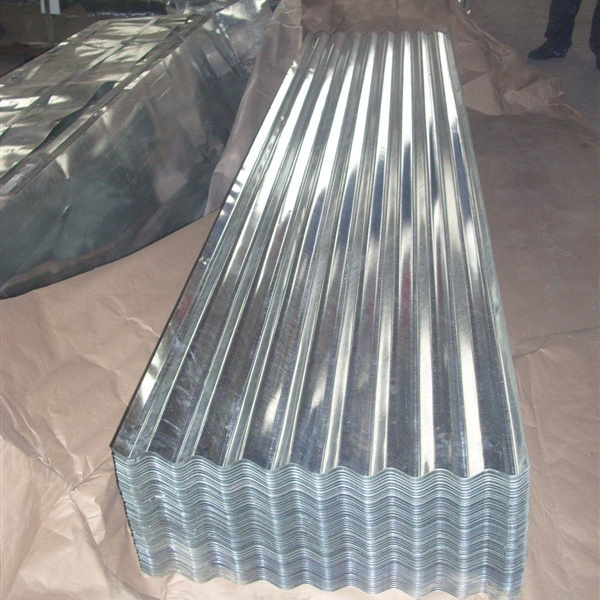Hyundai Steel announced on Sept. 13 that it has become the world’s first steelmaker to succeed in trial production of high-grade 1.0GPa steel plates using an electric furnace. It also produced auto parts using the sample plates.
Hyundai Steel used its special steel electric furnace refining technology, which can control fine components, and ultra-high-strength rolling technology for automobiles, to produce the high-grade steel plates. It could reduce carbon emissions by 30 percent by producing the plates using an electric furnace instead of a blast furnace Pickling Steel Plate

Hyundai Steel also used refining facilities differentiated from existing electric furnaces. Efforts in the steelmaking sector to finely control quality-impairing elements such as copper, tin, sulfur and nitrogen and the rich know-how of the rolling department with technology for producing exterior plates for automobiles and ultra-high-strength steel among others were combined to produce high-quality low-carbon steel sheets for automobiles.
There have been some cases in which electric furnaces produced some steel products for automobiles. However, Hyundai Steel succeeded in the world’s first production of high-strength products and parts at the lever of 1.0GPa or higher.
Collaboration between Hyundai Motor Co. and Kia Corp. realized the trial production of this low-carbon steel sheet at a time when overseas automakers are intensively pursuing the application of low-carbon products. It is significant in that it confirmed the possibility of applying Hyundai Steel’s low-carbon steel products.
Moreover, Hyundai Steel came one step closer to its carbon-neutral strategy represented by Hy-Cube by producing the low-carbon, high-quality steel sheet using existing facilities without building new ones.

Cold Rolled Stainless Steel Sheet Plates Previously, Hyundai Steel also announced Hy-Cube, a carbon-neutral steel production system based on electric furnaces. Hy-Cube minimizes carbon generation and produce high-quality steel products such as steel sheets for cars by using iron scrap, molten iron from blast furnaces and direct reduced iron (DRI) in a new electric furnace (Hy-Arc).